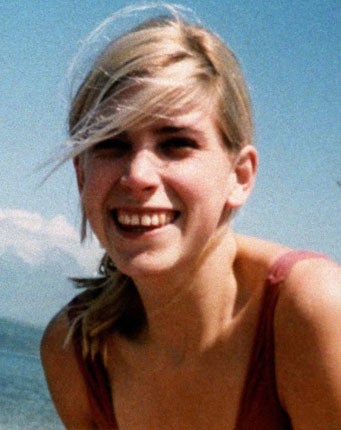Napper questioned on unsolved murders
Met police rejects inquiry into Nickell case despite series of errors

Robert Napper is to be reinterviewed by police over a series of unsolved murders which took place in the 1990s.
Speculation is mounting that the 42-year-old may have been responsible for the deaths of Claire Tiltman, 16, Penny Bell, 43, and Jean Bradley, 47, all of whom died after frenzied knife attacks. The three women were all murdered between 1991 and 1993, at around the same time that Napper killed Rachel Nickell, Samantha Bissett and her four-year-old daughter Jazmine.
The three cases bear striking similarities with Napper’s other crimes. Penny Bell suffered 50 stab wounds when she was attacked in her car in Greenford, west London, in June 1991. Claire Tiltman died in January 1993 after being stabbed 40 times in an alleyway in Greenhithe, Kent, and Jean Bradley was knifed more than 30 times as she got into her car in Acton, east London.
The news comes as Scotland Yard ruled out further investigations into the series of errors surrounding its investigation into the murder of Rachel Nickell.
Police have revealed more could have been done to catch Napper, who admitted the manslaughter of Ms Nickell on the grounds of diminished responsibility on Thursday, but they insisted the way murder is investigated has changed significantly.
The Yard has already formally apologised to Colin Stagg, wrongly accused of the 23-year-old’s murder, after an impermissible “honeytrap” was set up to try to lure him into making a confession. The Metropolitan Police said it had “no plans for a further review”. It insisted that earlier reassessments of the way officers missed opportunities to arrest Napper, along with improvements in forensic techniques, meant that the way it conducts murder inquiries had been transformed since Ms Nickell was murdered in 1992.
A spokesman said: “There have already been several reviews and the lessons have been learnt. It was 16 years ago and a lot of things have changed since then.”
But Keith Vaz, chairman of the Home Affairs Select Committee, said the technology used in the investigation of the Nickell murder, including DNA evidence, made a review of the Yard’s methods in such inquiries a necessity. He said: “We have to make sure that, whatever the technology involved, this kind of thing never happens again, so an internal review is extremely necessary. Once that’s completed, we’ll see what further steps need to be taken.”
Senior officers have admitted that the Met could have done more to catch Napper, the paranoid schizophrenic who killed Ms Nickell in daylight on Wimbledon Common and then went on to murder the Bissetts after breaking into their home. Napper, 42, pleaded guilty to Ms Nickell’s manslaughter at the Old Bailey and is suspected of involvement in 106 further sex crimes.
Sources said that developments in DNA analysis, which mean the tiniest fragments of material can be used to trace a suspect, and improvements in the training given to senior officers made it “extremely unlikely” that the mistakes made in the Nickell investigation could be made again.
In October 1989, Pauline Lasham, the mother of Napper, called police to say her son had confessed to a rape on Plumstead Common in south-east London. Officers failed to link her call to a rape near the common and never spoke to Napper about the attack or took a blood sample.
Napper was also interviewed over a succession of rapes just weeks after the murder of Ms Nickell but again failed to provide a blood sample which would have put him behind bars before he went on to murder the Bissetts in gruesome circumstances. Speaking on Thursday, the Met’s Assistant Commissioner John Yates said: “More could, and should, have been done.”
But lawyers suggested that police remained overly reliant on scientific and expert evidence which might appear to implicate a suspect to the exclusion of all others. The Yard was criticised for failing to consider Napper as a suspect in the Nickell killing after it had identified Mr Stagg as its chief suspect. Mr Stagg was cleared in 1994 when the judge in his murder trial threw out the case against him.
Subscribe to Independent Premium to bookmark this article
Want to bookmark your favourite articles and stories to read or reference later? Start your Independent Premium subscription today.
